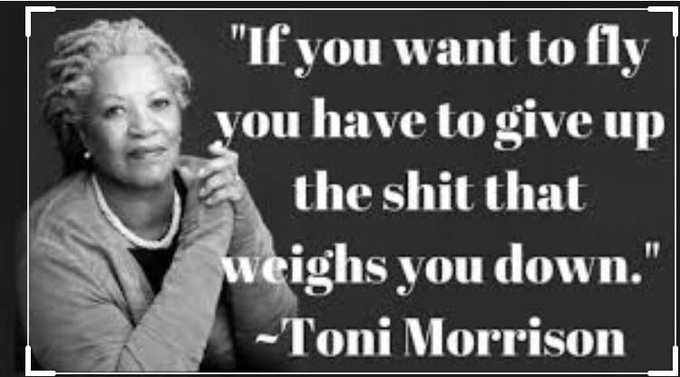Here Are The Democratic Presidential Candidates With The Most Donations From Billionaires
A key part of the race to the White House is fundraising, and the candidates are trying to bring in donations from wherever possible. Dozens of American billionaires have pulled out their checkbooks to support candidates engaged in a wide-open battle for the Democratic presidential nomination.
As of the last filing deadline with the Federal Election Commission on July 15th, 67 billionaires — including spouses and members of billionaire families — had donated to the 20 Democratic candidates that debated in Detroit last week. Some, like Lowercase Capital founder Chris Sacca and his wife Crystal, have donated to as many as seven candidates. Others, like Bill Gates and Warren Buffett, have instead chosen to donate to only one of the contenders, according to data from the U.S. Federal Election Commission.
To be sure, donating directly to the campaigns is not the primary way for people to support their preferred candidates. Unlike donations to campaigns, which are capped at $2,800 per individual, Super PACs aligned with a candidate have no limit on contributions they collect. Direct donations to presidential campaigns account for just a small CONTINUE READING: Here Are The Democratic Presidential Candidates With The Most Donations From Billionaires

Big Education Ape: Why I Do Not Support Mayor Pete | Diane Ravitch's blog - http://bigeducationape.blogspot.com/2019/07/why-i-do-not-support-mayor-pete-diane.html
Pete Buttigieg Leads the Rankings With 23 Billionaire Donors
Here are the Democratic candidates ranked by number of billionaire donors:


























